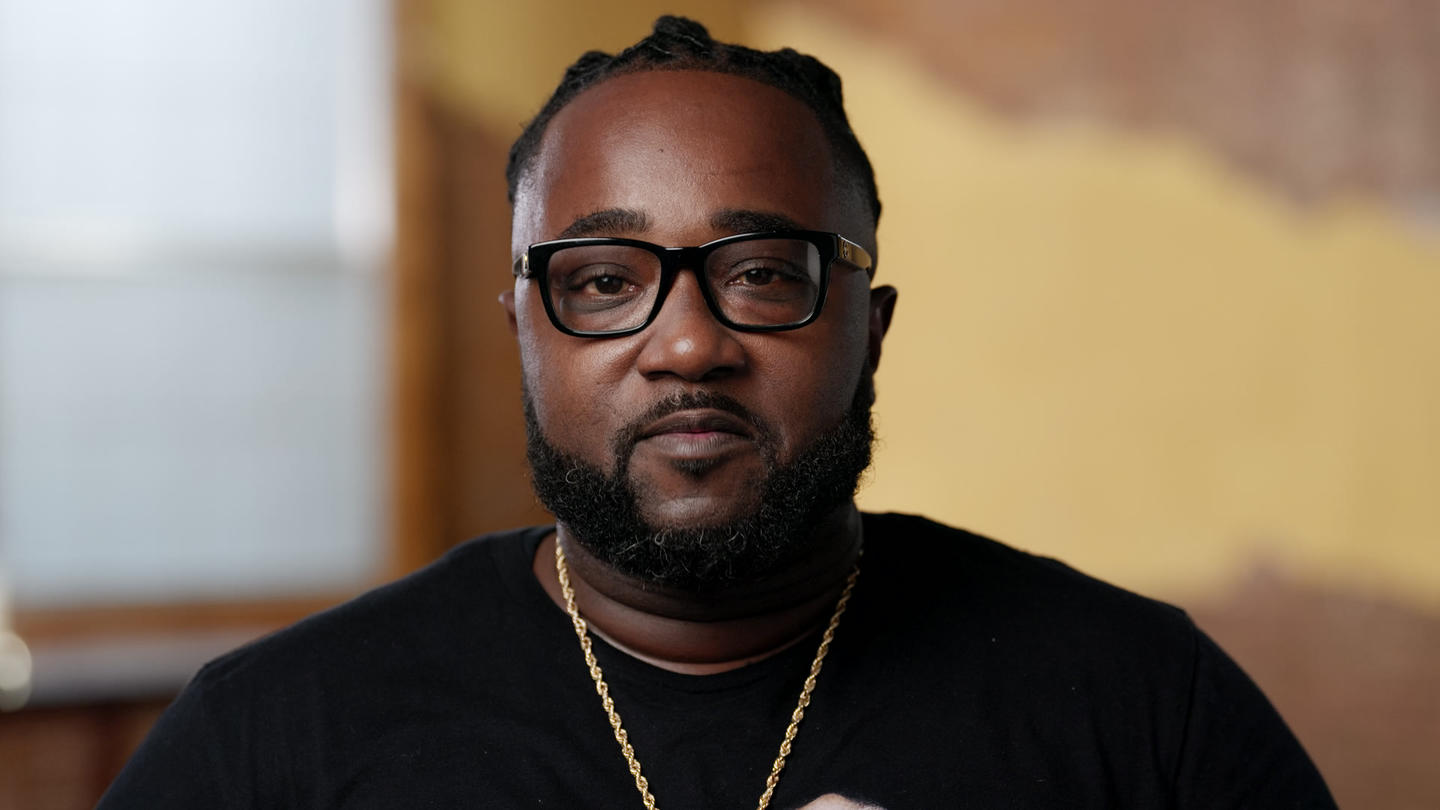Antong Lucky has dedicated his life to helping others find their own redemptive path forward from past transgressions – after he found his own. Through his work with Heal America, a movement to fight racial injustice with love and redemption, Lucky is making a real difference in the lives of many people.
His path toward empowering others to do better is both fascinating and instructive.
Growing up in the Frazier Courts housing projects in East Dallas, Lucky faced a number of challenges. His father was sentenced to 50 years in prison when he was just a baby. Despite the difficulties he faced, Lucky excelled in school, but it wasn't easy to stay on the positive path, and as he grew, he started a gang. Eventually, his gang activities and choices caught up to him, and before the age of 20, Antong found himself in prison.
As a teenage leader of the Bloods gang, Lucky had enormous influence in prison. Willie Fleming, an older inmate, saw this and took Lucky under his wing, encouraging him to use that power to become a positive influence.
"If you could lead these brothers to do wrong, within you is the same power to lead them to do right," Lucky says. Fleming mentored Lucky and helped him find his dignity as well as a new mission toward redemptive activism.
What is redemptive activism?
"Redemptive activism is the belief that people can change," explains Lucky. "Redemptive activism calls people in rather than calls people out, believing that they can and will transform their thinking through love and redemption. Redemptive activism is the path to heal America."
Redemptive activism also acknowledges that each and every one of us is worthy to be a part of the solution -- starting with those who are experiencing the challenges. Lucky's memoir, 'A Redemptive Path Forward,' shows how those closest to the problem offer our best hope at solutions -- and that through bottom-up change, we can begin to make real progress.
Antong has seen the power of these ideas in action. Through Urban Specialists, former and current gang leaders work together to eliminate violence in communities across the country.
Sign up for the Strong & Safe Communities newsletter for stories, ideas, and advice from changemakers working with their neighbors to address the biggest problems we face.
Redemptive activism: A new mission to heal America
The two mentors who helped Lucky have likewise turned him into a mentor for others. Antong's life was turned around by Willie Fleming, who helped him to believe in himself, and then transformed when Bishop Omar Jahwar helped him see how his leadership could transform lives and entire communities.
Antong has since negotiated major gang treaties, helped thousands of youth avoid gang life, partnered with multiple police chiefs in Dallas to improve policing and public safety, and trained law enforcement across the country in better policing practices.
His ability to draw on his experience and gifts makes Antong uniquely capable of driving transformation. As a speaker, Lucky shares the way gang life hardened him and eroded the innate empathy he had for others
"I can atone and repent and spend the rest of my life trying to help others not make the same mistakes I made."
His redemptive activism model has three steps:
- Set aside your judgments. Redemptive activism is viewing life through the eyes of our shared commonalities. "Once you truly do that, you can begin to move forward," Lucky says.
- Reach out to the people who think differently. Lucky tells a story of approaching a high-ranking member of Aryan Nations, a self-described white supremacist organization. Physically tattooed with symbols of hate, Lucky could see this man's humanity and how he was saddled with hateful ideologies from a younger age. Once they saw each other's humanity, things shifted. The two were able to form a friendship that shocked some of their prison friends and helped heal rifts and quell violence through their example.
- Use your example to inspire. "Everything I've been through is my story," explains Lucky. "The good, bad, ugly, and indifferent is my story. It's my medicine. And my medicine is not just for me, but it's also for someone else."
Antong Lucky uses his redemption to help others find a path forward
Lucky's adherence to these three steps has changed how he views the world, and he empowers others to try it for themselves. Using various tools—education, music, and social media, among others—Lucky encourages the concepts of redemption, second chances, and learning from your past to help others.
His positive influence has become a powerful movement that brings healing programs into communities through the people who grew up there and have ties there.
"Millions of people have been affected by the bad in so many communities," says Lucky. "It's our job to help them bring out the best versions of themselves. Helping people become the person they've always been."
***
Heal America and Urban Specialists are supported by the Stand Together Foundation, which partners with the nation’s most transformative nonprofits to break the cycle of poverty.
Learn more about Stand Together’s efforts to build strong and safe communities and explore ways you can partner with us.
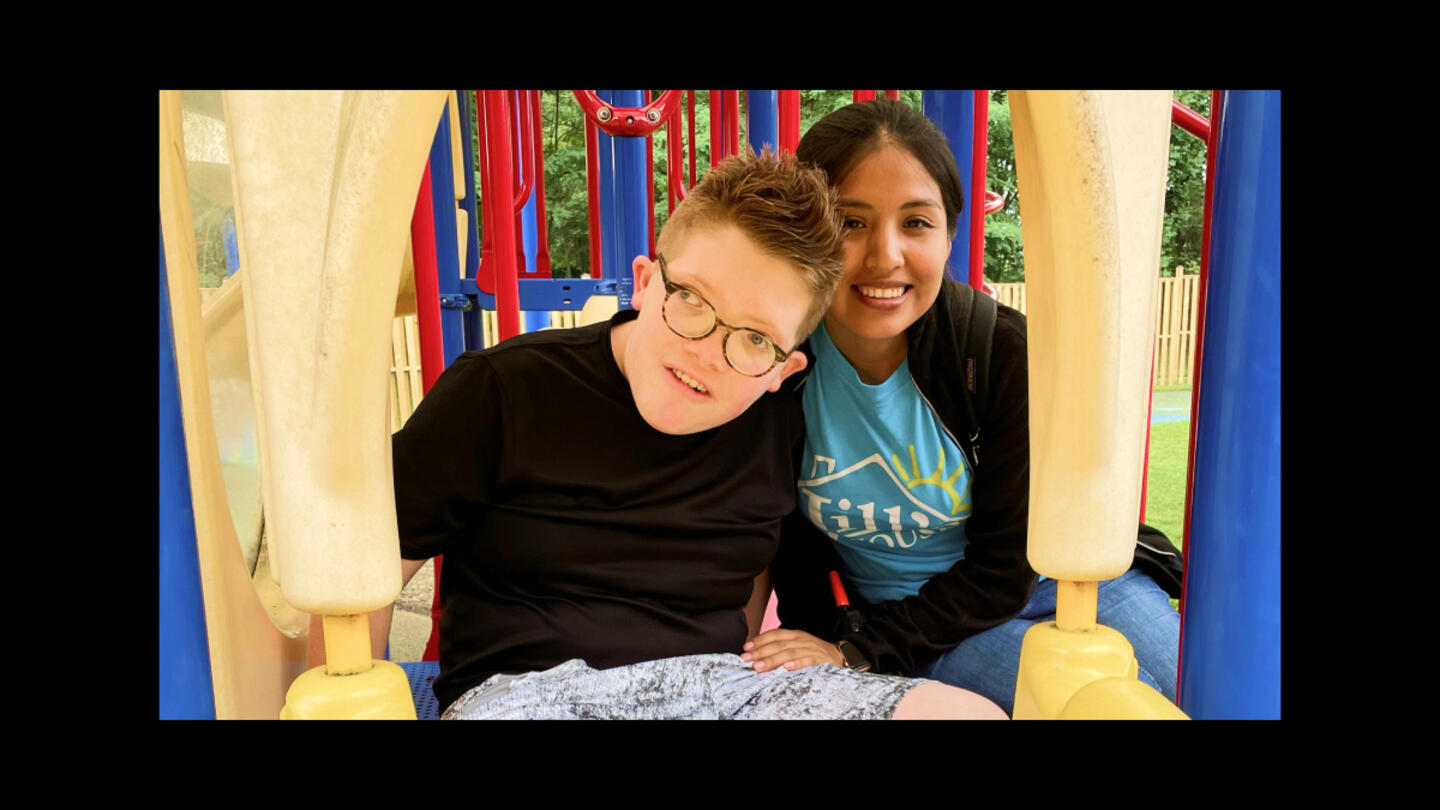
At this ‘resort,’ children with intellectual disabilities are seen as gifts to be celebrated and loved.
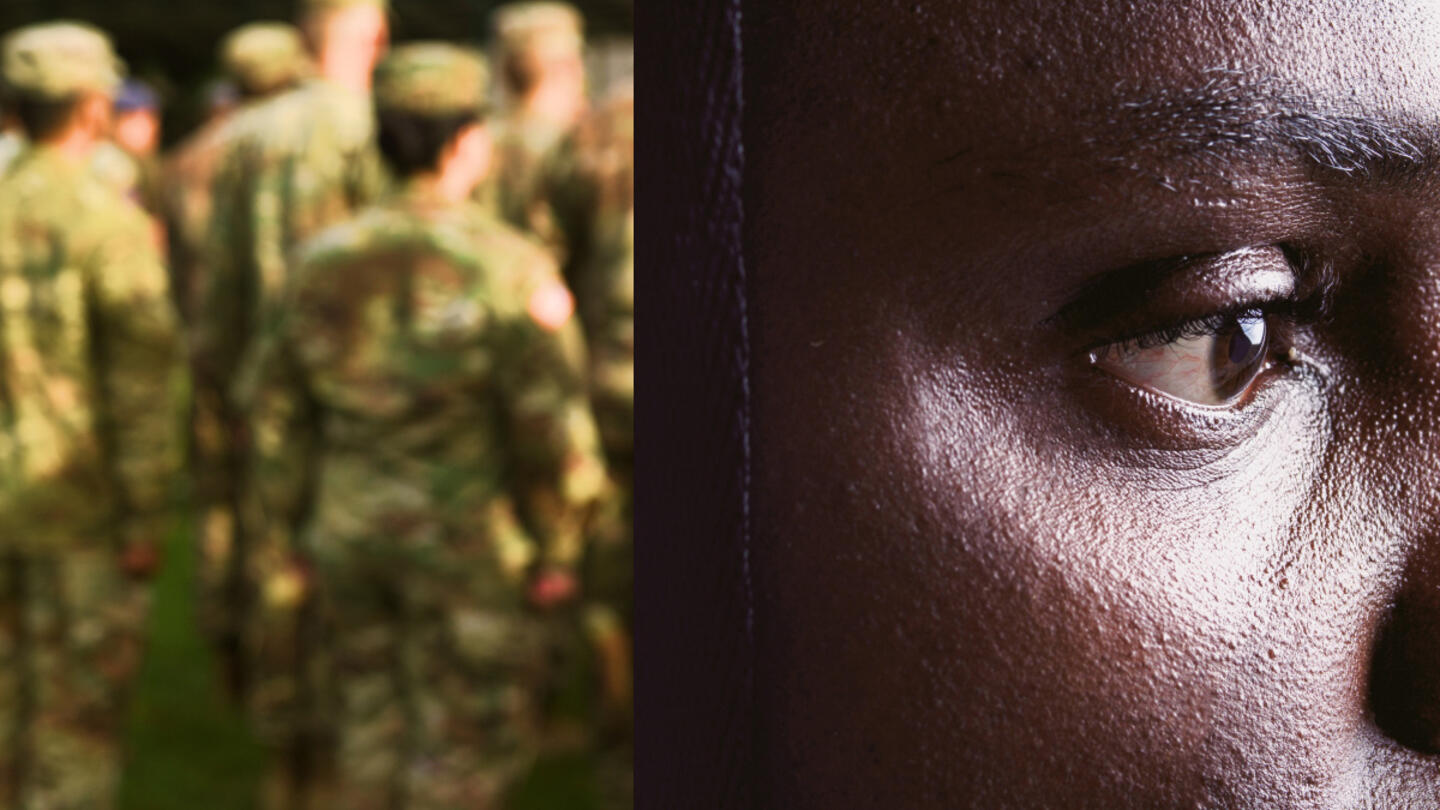
Veterans experience loss when leaving service. Could this be key to understanding their mental health?
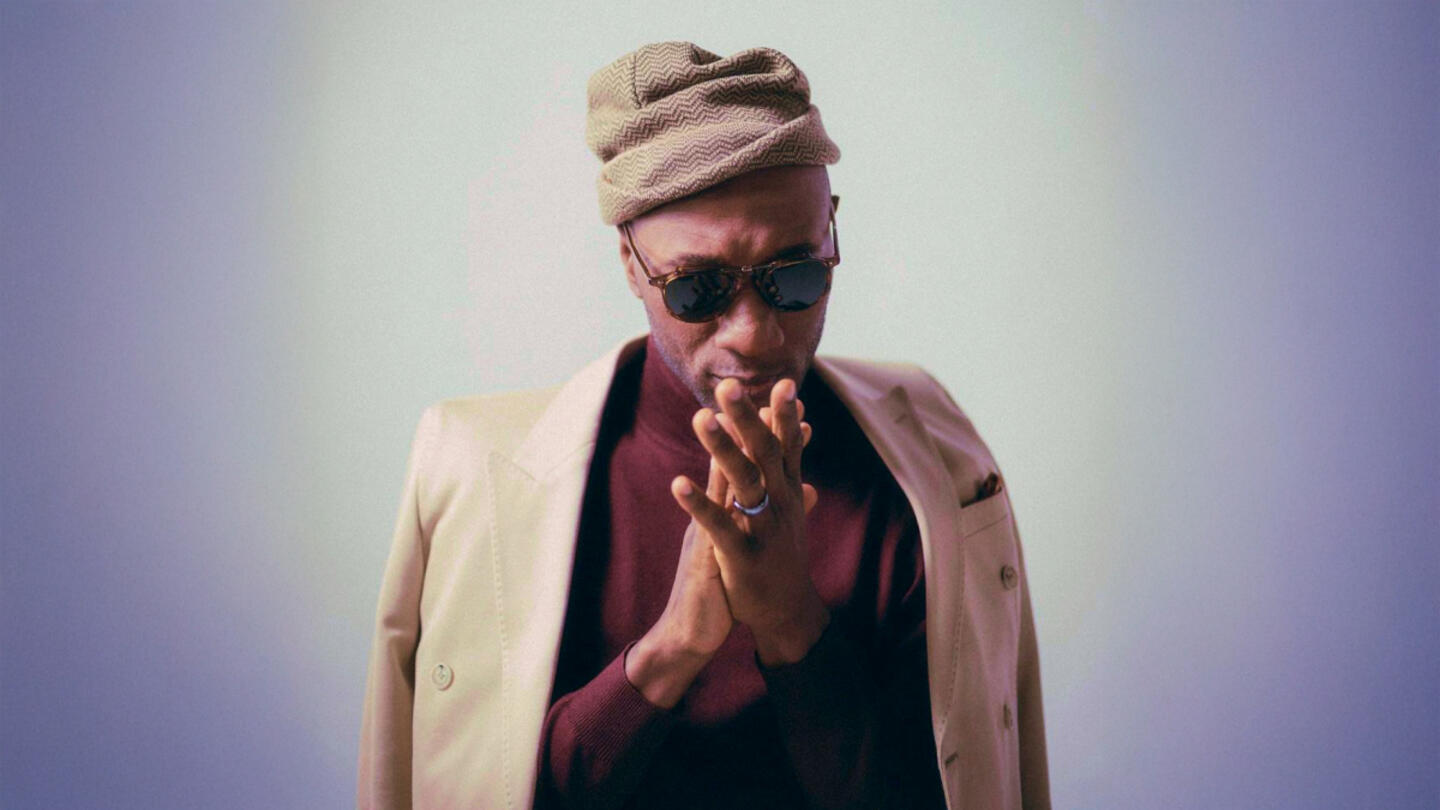
The Grammy-nominated artist is highlighting the stories we don’t get to hear every day.
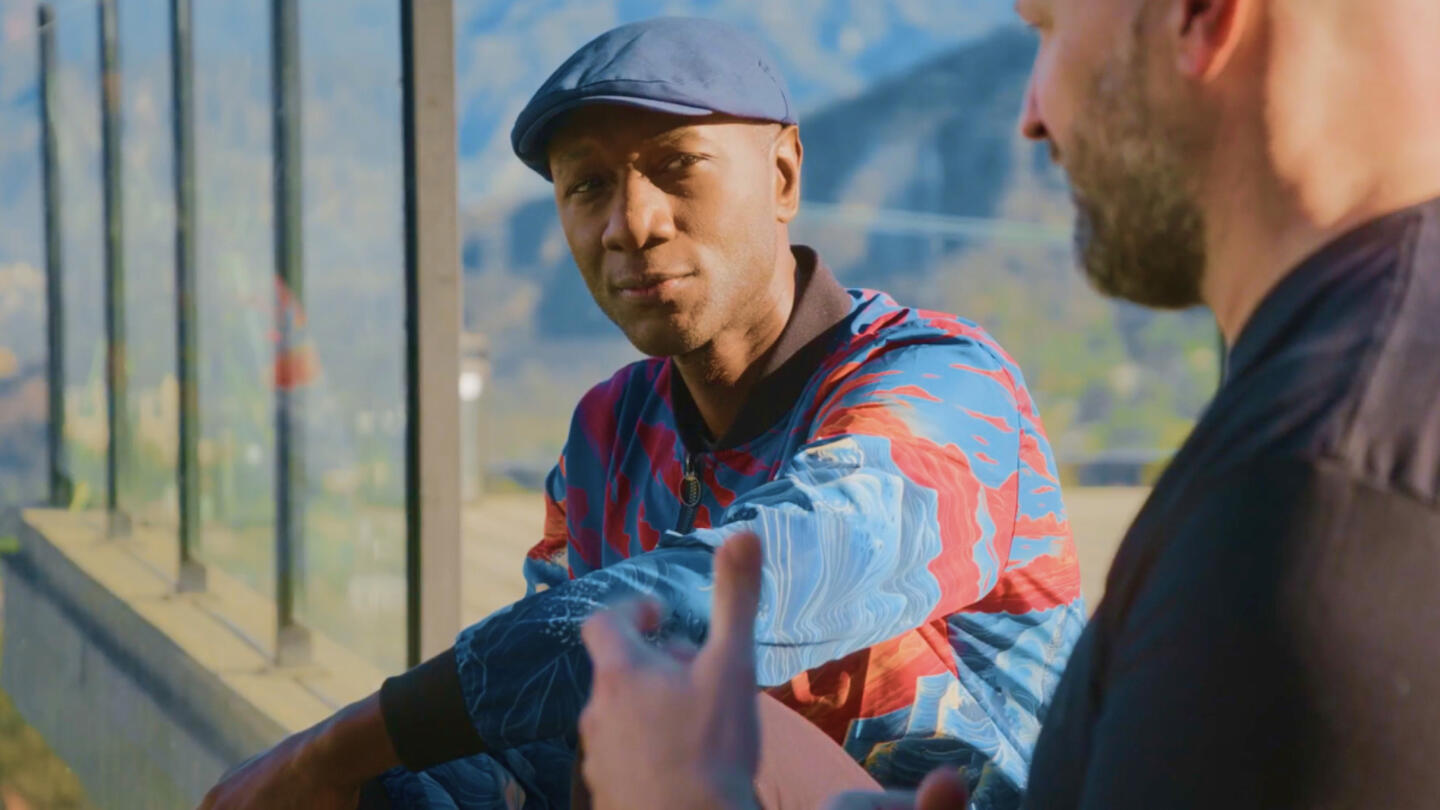
With his latest project, Blacc isn’t just amplifying stories — he’s stepping into them
